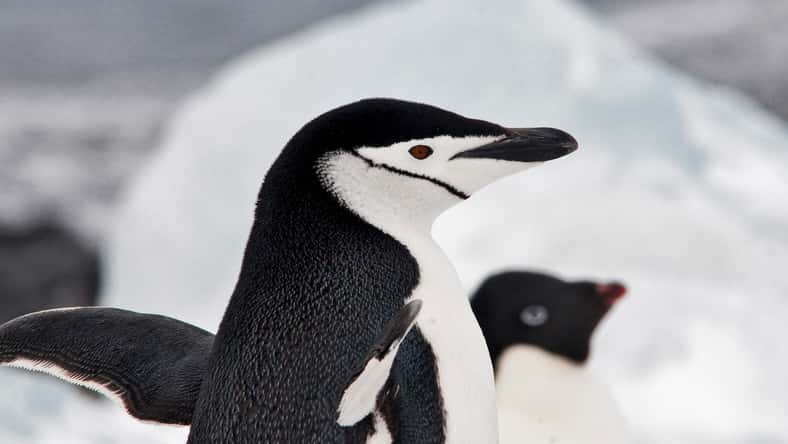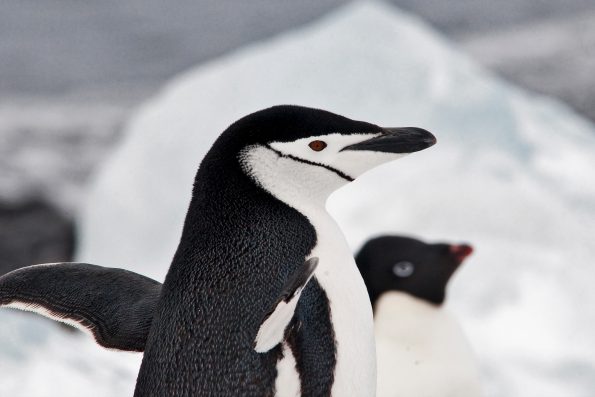These Penguins Are The True Masters Of Microsleeping, Falling Asleep More Than 10,000 Times A Day

As a perpetually sleepy person, I thought I was an expert at the art of nodding off. Whether it’s in the middle of a long movie or during a boring lecture back in college, I can always count on my eyes getting heavy, threatening to pull me into a slumber.
Sometimes, I might succumb to the sleepiness but then jerk awake immediately after. But it turns out that nesting chinstrap penguins are the true masters of what’s referred to as a microsleep.
Microsleeps are seconds-long slips out of consciousness that include eye closure and sleep-related brain activity.
The birds accumulate more than 11 hours of sleep each day using this strategy. They fall asleep more than 10,000 times a day. Their series of naps lasts only about four seconds.
The penguins’ sleeping patterns challenge the notion that fragmented sleep is detrimental to sleep quality, especially since the flock that scientists studied didn’t seem to show any ill effects from their interrupted sleep. In fact, the penguins were healthy, fit, and could successfully reproduce.
Researchers from France, Germany, and South Korea studied 14 wild chinstrap penguins in King George Island, Antarctica.
The penguins were incubating eggs in an area where predators like the brown skua bird lurked about.
During incubation, parents take turns guarding the nest and foraging for food. They switch off every 22 hours or so.
For their observations, the researchers implanted electrodes into the animals’ brains and neck muscles.

rubbersoulroad – stock.adobe.com – illustrative purposes only
They recorded the penguins’ sleep activity, finding that they engaged in slow-wave sleep, which is the most common type of sleep among birds. That’s how they discovered the penguins took micronaps thousands of times per day.
While at sea, the penguins did rest on the water’s surface, but most of the time, they were actively hunting. Upon their return to the nest, they would catch up on rest for the first few hours through microsleeps.
It is believed that the penguins adapted to this peculiar sleep pattern so they could be on the constant lookout for predators and defend their nests from other penguins.
The scientists also found that penguins nesting on the borders of the colony had longer, deeper sleep than penguins in the middle.
That may be because penguins in the center are surrounded by more noise and disturbances, so their sleep is constantly interrupted.
Furthermore, those nesting at the border have to keep a sharp eye out for predators. Since they need to put more energy into staying awake and alert, their sleep is more intense.
Scientists are curious about the penguins’ sleep cycles after breeding. Do they sleep differently, or do they continue microsleeping for the rest of their lives?
It is also not yet known if microsleeps can benefit other species, but the study has raised questions about the importance of longer periods of sleep. It’s possible that some species may actually fare better with fragmented sleep.
But for humans, sleeping in short bursts is not recommended since our physiology is different from chinstrap penguins.
Plus, there is still a huge gap in our understanding of how sleep functions for us. Besides, a four-second nap does not seem at all appealing anyway.
Sign up for Chip Chick’s newsletter and get stories like this delivered to your inbox.
More About:Animals





